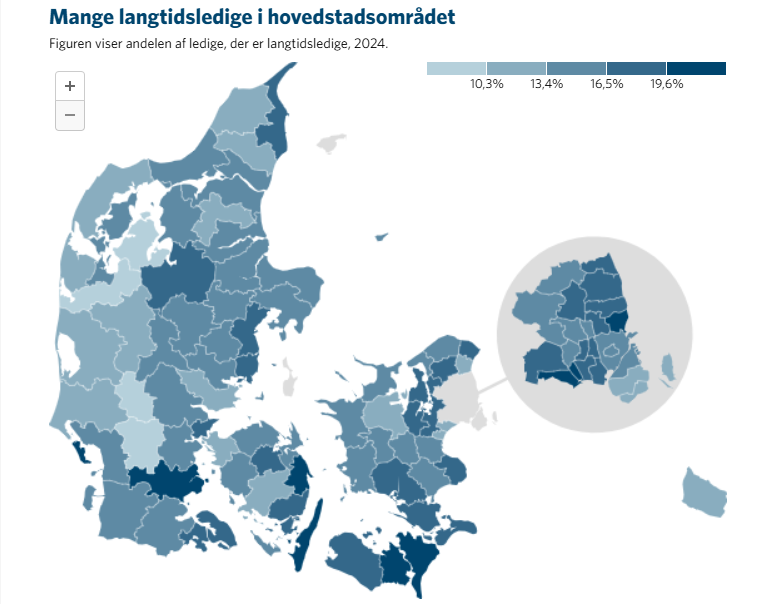A major bloom of toxic algae is threatening the beaches and coastline on the island of Bornholm. That in itself is not an unusual summer occurrence on Bornholm, but the blue-green sludge arrived atypically early this year and is already headed towards Falster, Stevns, Køge and ultimately Copenhagen if the heat and winds continue on their current course.
“This appears to be the largest spread of blue-green algae in the Baltic Sea since 2002,” Vagn Lundsteen, head of Bæredygtigt Landbrug, the office for sustainable agriculture, told Berlingske newspaper.
The hot sun and warm sea temperatures of recent weeks have fuelled the bloom of blue-green algae, also called cyanobacteria. The algae can be toxic. Large amounts can cause allergic reactions and nausea and are particularly dangerous to children and dogs.
Several dogs died after swimming in a heavy bloom in the Øresund in 2006. The dogs probably succumbed after licking themselves to remove the algae. The toxic bloom is also deadly to other marine life like crabs, lobsters and other shellfish.
Lundsteen said that the low salinity of the Baltic Sea, coupled with the discharge of untreated sewage containing large amounts of phosphorus into its waters, is the cause of the nearly annual algae infestation.
"Wastewater contains a lot phosphorus that algae thrive in," Lundsteen said. Rains expected for the weekend may cause the algae to sink into deeper water and make it less likely to wash up on the beaches.
As if toxic algae weren’t enough to discourage even the heartiest of bathers from taking a dip, the winds and hot weather are also bringing more poisonous, stinging jellyfish (brandmænd) to torture swimmers.
“The currents have brought them down and there are plenty of the small, harmless jellyfish (vandmænd) that are the poisonous variety’s preferred food around, so they are getting big and fat,” Kristian Vedel, the head zookeeper at the Øresund Aquarium, told DR News.
Vedel said that there are many myths surrounding how to sooth the burning and itching that happens when an unfortunate bather has a run-in with the tentacles of a stinging jellyfish.
“Some say to rub sand or pour vinegar on the sting,” said Vedel. “Some even say to pee on it.” Vedel did not support any of those methods and instead advised scrapping the tentacles off with a credit card or perhaps a razor.
“It will not cause the pain to disappear immediately, but it will cut down on the time it lasts,” he said.
Vedel said that no matter how annoying they can be, the poisonous jellyfish play an important role in the ecosystem.
“They control the population of the small, non-poisonous jellyfish which, if left unchecked, would eat too much plankton and that would in turn affect the next link in the food chain,” he said.
Bathers can take some consolation in the fact that the poisonous jellyfish being spotted this year are smaller in size than normal and thus their stinging tentacles are shorter.













